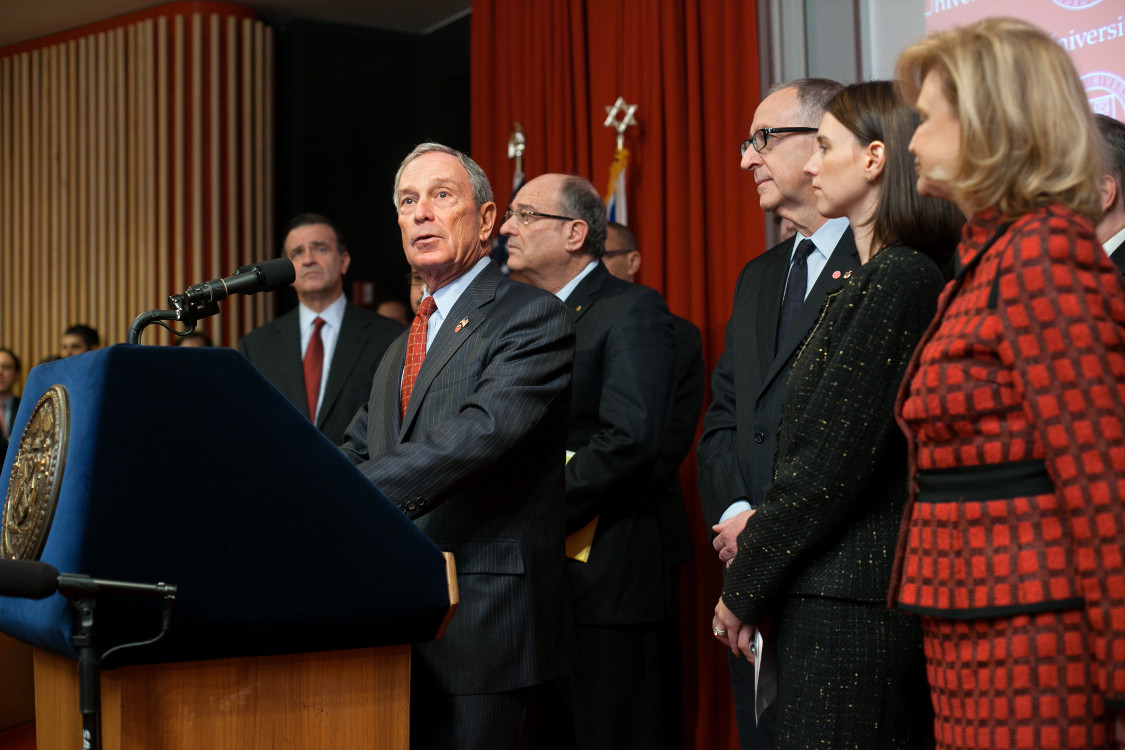Why Digital Tech is Central to the President’s Precision Medicine Initiative
Categories

by Professor Deborah Estrin
I was proud to have been at the White House when President Obama unveiled the Precision Medicine Initiative last month. Data about your genes, environment, and lifestyle, will be the fuel that powers Precision Medicine. Relevant data are everywhere — on our smartphones, computers, TVs, thermostats, and automobiles, at our pharmacies, grocery stores, schools, and hospitals; yet our ability to synthesize and make sense of the information lags far behind our ability to collect. Rapid acceleration is needed to spark innovation, reform the system, and reinvent the way we deliver and experience healthcare.
What excites me most about Obama’s initiative is that it puts technology and privacy at the center of healthcare innovation alongside medicine and genomics. That’s the combination we need to understand, manage, and — when possible — prevent chronic disease. New techniques for analyzing and understanding existing clinical data will play a key role in this transformation of medicine — from analyses of electronic health records, to mining of social media, claims data, and personal genomics. But the opportunities for transformation are even broader. Personal data streaming from mobiles, wearables, the internet of things, social media, online activities and consumer transactions, will be essential to make medicine and health truly personalized, precise, predictive, participatory and preventative.
The timing of the Precision Medicine Initiative coincides with the establishment of our Healthier Life program at the Jacobs Technion-Cornell Institute at Cornell Tech now accepting applications for our charter class. Our students will graduate with the combination of deep technical skills and health domain knowledge needed to be major contributors to the President’s vision.
In the Small Data Lab that I lead at Cornell Tech we are applying that same combination of tech and health to the design of personal-data analytics and privacy mechanisms. One of our key principles is to design the system with the individual at the center — and through their engagement to both broaden and deepen the data that inform clinical decision-making and patient action. But we will not achieve anything productive if we just flood clinicians or patients with data. We must develop innovative ways to digest these data into clinically relevant summaries and to weave the results into clinical workflows and patient engagements.
As part of an NSF-funded research project we have developed algorithms that transform the patient’s digital traces from mobile devices into behavioral biomarkers to close essential feedback loops in clinical treatment. Many chronic conditions wax and wane so that patients and their doctors must dynamically find “the right dose” that balances disease symptoms and medication side effects over time. By monitoring and modeling relevant patient function and behavior, clinicians and patients will be able to pinpoint, predict, and potentially preempt deterioration, and thus help guide the individual to their personal best.
Fueling the Precision Medicine vision with small data also holds great promise for “wellness” and prevention. Lifestyle behaviors are widely recognized as drivers for our most pervasive medical challenges — consumer technologies and personal analytics offer the greatest and most scalable opportunities for making the “healthier” choice the consumer’s actual choice. Our industry-funded open innovation lab is developing aspirational applications that harvest the small data traces individuals generate daily — from their texts and tweets to their grocery receipts.
Digital technologies and data analytics can help address the challenges of skyrocketing medical costs, aging baby boomers, and the chronic disease burdens of our modern-lifestyle. But no one university, company, or market sector can possibly realize the President’s vision alone. That’s why this initiative is so critical — it will catalyze the broader community to work together. It was this style of leadership that brought us the Internet and the Human Genome projects; and it is such leadership that will catalyze the rapid iterations of integrated innovation needed to make precision medicine pervasive.
Media Highlights
Tech Policy Press
Content Moderation, Encryption, and the LawRELATED STORIES

Celebrating 2 Cornell Tech ‘Birthdays’

The Art of Raising Money



